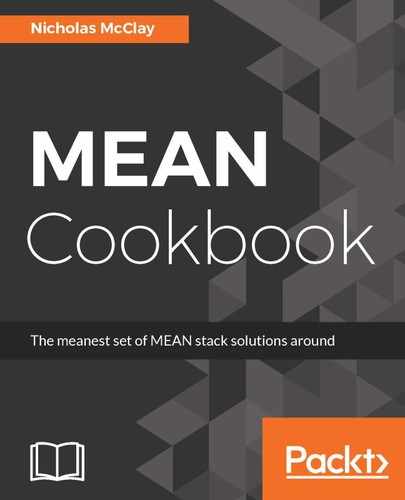With Sass nesting, we can actually "nest" the navigation link selector inside the nav element's own style declarations:
a {
font-size: 14px;
text-decoration: underline;
color: $text-color;
}
nav {
background-color: $text-color;
a {
color: $background-color;
}
}
This results in a link element that has a different color than other links, but still inherits other properties, such font-size and underline. This works because Sass essentially compiles to three different CSS selectors for us.
a {
font-size: 14px;
text-decoration: underline;
color: #585858;
}
nav {
background-color: #585858;
}
nav a {
color: #E8E8E8;
}
We can also use nesting for other things than just selector specificity; we can use it as a convenient way to qualify related selectors. For example, if we wanted to add a hover state to our links, we could use Sass's & parent selector to add a hover psuedo-selector to our links:
a {
font-size: 14px;
text-decoration: underline;
color: $text-color;
&:hover {
color: $color-black;
}
}
nav {
background-color: $text-color;
a {
color: $background-color;
&:hover {
color: $background-color;
opacity: 0.5;
}
}
}
The & selector in Sass is always equivalent to the current selector scope. This makes it easy to use nesting to encapsulate modifiers or variants of a given style into a related space, instead of breaking it out into a separate selector.
